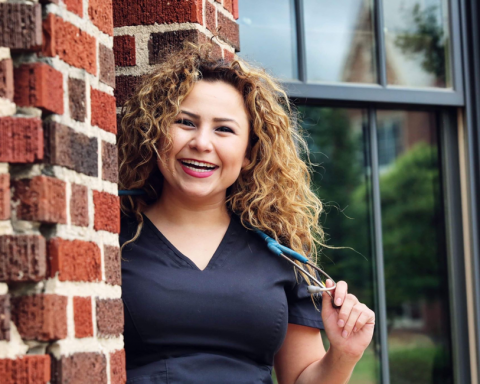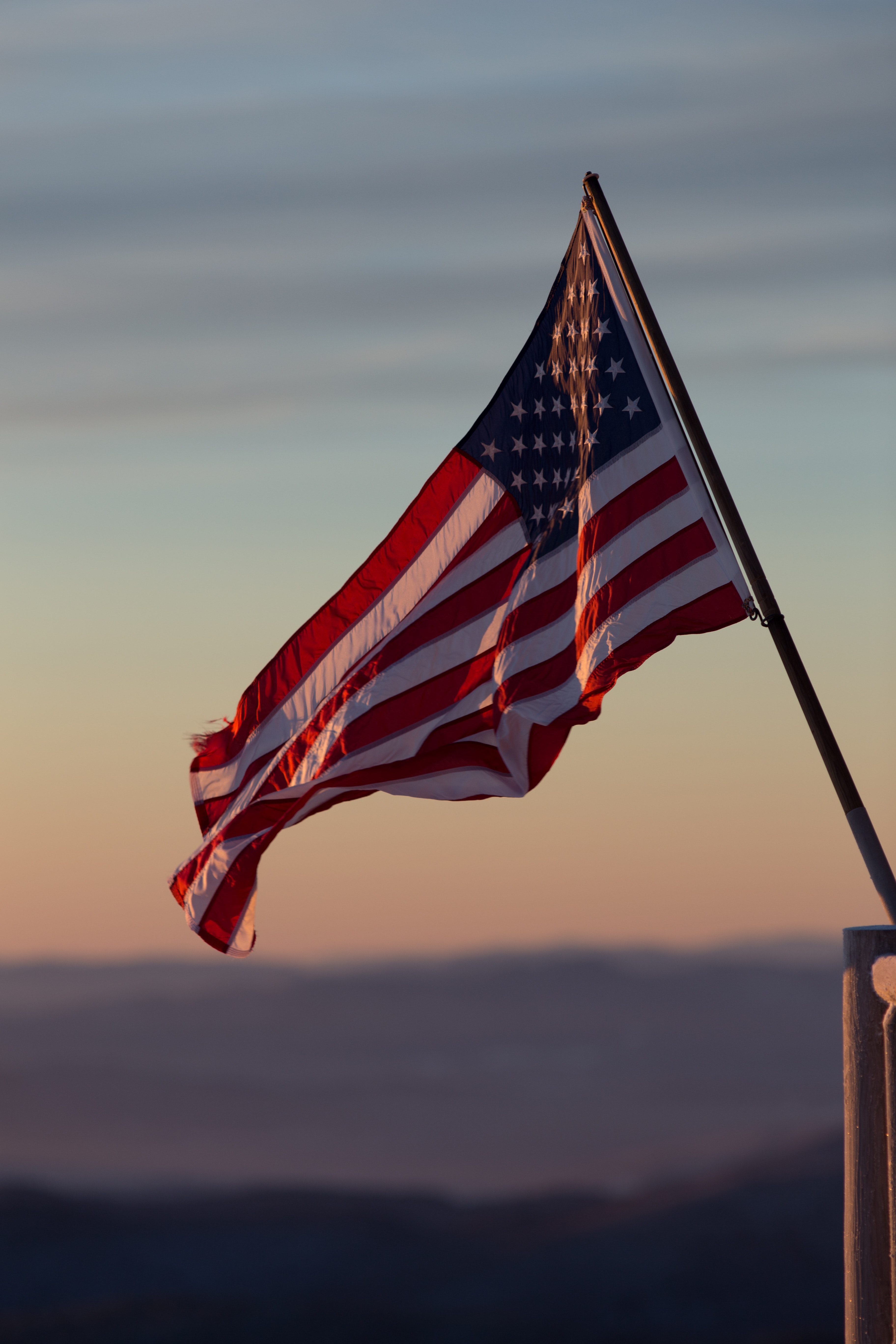
Inter-tribal powwows in the 21st century have evolved into a beautiful and unifying experience for Indigenous people all across the country. One of the most compelling parts of powwows is the grand entry, a time when dancers of all categories and ages are welcomed to the center circle by songs sung by every drum group attending.
The drums are loud enough to be felt deep within the chest. The sound of hundreds of jingles from the regalia is just as prevalent as the laughter and chatter that is shared throughout the community. It is a time when Indigenous people are able to put the tragic history of our people aside and simply enjoy where we are at in this time. In many ways, this setting feels like a family, a gathering of souls keenly connected to each other and the world around them. It is a moment of peacefulness and belonging that is often longed for and never taken for granted.
I was one of very few in my extended family and community to be raised in a moderately stable home with two biological parents. I say “moderately” because, although my parents were active in my life, they were both full-time educators and part-time pastors—often times getting called away to work. I was raised by a mix of my parents, my sister who is three years older, and my aunts and uncles.
Some of my earliest memories are with one of my aunts. I spent a lot of time with her in my early childhood, so she taught me the basics: how to cook, how to clean, but most importantly, how to care for others. She had lived with my family in the basement of our two bedroom house for a short while, but when her drug addiction started to play a bigger role in her life, she left. I didn’t see or hear from her for long periods of time.
Her passing has been one that seems to get harder to deal with over time. Many times I think about the breakdown of such a strong relationship. The years that we didn’t speak much, I spent wondering why she would make that kind of apparently selfish choice. However, the more I learn about the issues that Indigenous people—especially Indigenous women—are faced with, the more I realize that maybe what she needed was to heal from the trauma that she had carried for so long.
___________________________________________
It is all too easy, from a European-centered perspective, to point the finger at “broken families”. But that gets the origin of the problem completely backwards.
___________________________________________
Drug addiction is one of the most common influencers in modern Indigenous family structure. Drug addicts cannot truly be parents, but often times are. The children are the ones that suffer most. They either stay at home dealing with abuse and neglect or they are taken into state custody. Either path is not easy. If undealt with, this kind of trauma can take a lifetime to heal from, and unfortunately most times it does. This leads to much bigger issues within Native communities, the most prominent is suicide. Native Americans are more likely to commit suicide than any other racial demographic. It is an epidemic that Indigenous communities across the country are facing. It is all too easy, from a European-centered perspective, to point the finger at “broken families”. But that gets the origin of the problem completely backwards. Systemic oppression, as well as historical abuses, laid the foundation for the poverty and trauma which drive drug abuse. Still now, our people are forgotten about, pushed to the sides and left to deal with issues on our own.
After experiencing the edge of chaos for a majority of my life, I have come to realize that the way Indigenous family structure is built is vastly different from the European standards claimed for that the majority of this country. Listening to my classmates talk about their second and third cousins, I tried to understand, but it seemed too complicated. Why aren’t they just “cousins”? Having family members live in our home for periods of time was something that never seemed anomalous. Kids raising kids was not uncommon either. Most of my peers had only two grandmothers, but I had too many to count. The rules and expectations of family life were simply different.
When I was in the seventh grade, my family and I moved away from our Native community and moved to a primarily white town. Being one of three Indigenous students in my grade, I learned quickly that the life I had been living for the past 12 years was not one of simplicity. It was intertwined in ways that cannot be explained in the same terms as a nuclear family. It was necessarily “messy”. Looking back I’ve come to realize that, although substance abuse and trauma have played a role in creating countless different family structures within Native communities, those structures are not a new concept for Native people. What may look like a chaotic result of drug abuse and destroyed family structures, from a European standard, is in fact a structure that keeps us together despite the same lack of resources that drives drug abuse and suicide in any community.
___________________________________________
Many might think that a tri-lingual family would be confusing, but diversity is the key to overcoming not only one hardship, but many hardships all happening at the same time.
___________________________________________
This sort of family structure has been something that Native people have followed since their creation. The elders in the community helped parents raise their children as a way to take care of future generations. The youth learned quickly how to care for the elderly, especially during the harsh winters, as a way to give back. For the Dakota people, the phrase used to explain their family structure was mitakuye oyasin, which means all of my relations. Everyone took responsibility for each other on behalf of future generations.
Mitakuye oyasin seems to be even broader, now. Today, our family structures are much like our contemporary style powwows, in that they are made up of many unique tribes, all with their own languages, traditions, and history. There are no two families the same. Diversity is a valued commodity in modern-day Native family structures. Many might think that a tri-lingual family would be confusing, but diversity is the key to overcoming not only one hardship, but many hardships all happening at the same time.
I think this is why Native people are still here. We may have trauma that runs deep within our cultural identity, but we have strength and resilience that runs deeper. We know how to be given a hardship and find a way to stay connected and help each other through it. Our family structures are like none other; they are chaotic and tangled in so many more forms than could ever be imagined, but this contributes to the beauty of our people.
***
Author Bio: Madison Mckinney lives in Lawrence, KS and is a current student at a local community college. She belongs to the Sisseton Wahpeton Dakota Oyate tribe and the Choctaw Nation of Oklahoma. Madison is an ordained elder at First Presbyterian Church. She is an elected member of the Advocacy Committee for Women’s Concerns, PC(USA), and serves as its liaison to the Advisory Committee on Social Witness Policy.





Unbound Social